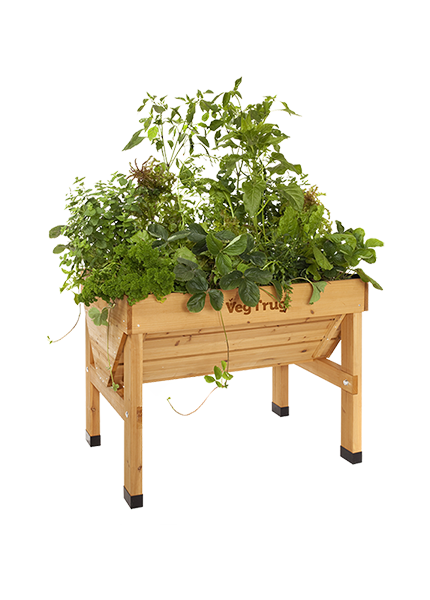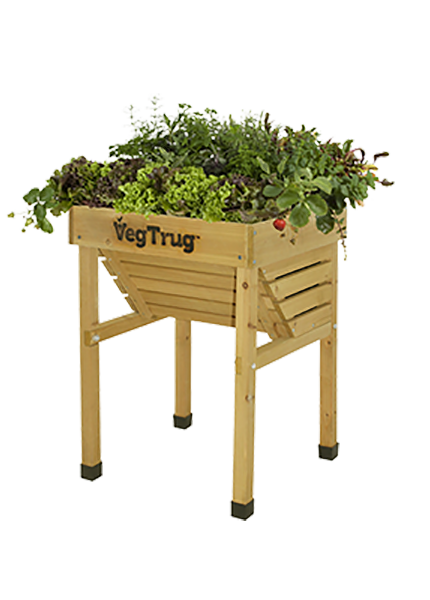A popular Mediterranean herb, garlic is easy to grow. Go for named varieties from reputable garden centres and you can get a good yield. Don’t try to grow bulbs from supermarket garlic, as these bulbs carry a risk of disease.
Garlic comes in two types - softneck or hardneck. Hardneck has a stronger flavour and produces larger but fewer cloves. It flowers easily too. Softneck only flowers if it’s stressed but produces more cloves and stores for longer. Softneck is also more at risk from prolonged cold.
Read more about this popular Mediterranean herb in our ‘how to grow garlic’ guide.
Garlic is different in that it’s sown from individual cloves rather than seeds. Some varieties can be sown in spring and others in late autumn or early winter. This is because, despite its Mediterranean roots, garlic needs a period of colder weather to thrive. Most varieties need a month or two of temperatures between 0°C and 10°C. When the weather heats up make sure your garlic gets full sun.
Garlic won’t like heavy wet soil and could rot in these conditions in winter, so start off by planting a single clove in a pot and growing in a cold frame.
If you’re planting garlic in your VegTrug, sow a clove every 15cm and create plenty of drainage. Put them deep enough so the tip of the clove is a couple of centimetres below the soil. Also make sure the pointed tip is at the top and the flat part of the clove is at the bottom.
Garlic is straightforward to grow. Water regularly in the hotter months and use a good nitrogen feed throughout early and mid-spring. Allow garlic full sun and keep weeds away so your garlic isn’t competing for nutrients and light. Remove any flowers that appear. Once the foliage starts to turn yellow you can reduce the watering as the bulbs are almost ready for harvesting. You can pick garlic in July or August.
Part of the onion family, garlic can suffer onion white rot. This disease is in the soil so you can’t do a lot about it. The problem with onion white rot, when you’re learning how to grow garlic, is that it’s hard to spot until you dig up the plant and see a white fluffy coating on the bulbs. You might see the leaves dying but it coincides with the time the leaves would die back anyway.
If this happens remove all the affected plants and dispose of them in the bin, not on a compost heap. Growing your garlic in a VegTrug, using soil that’s not from the garden can help.
Leek rust is another fungus that affects this family. Rusty blisters appear on the leaves but it won’t affect the bulbs. You can help stop the disease spreading by removing those affected.
Pigeons also love freshly sown garlic cloves. So once you’ve planted the bulbs it’s a good idea to cover with nets until the young plants are 5cm tall.
Garlic is used sliced, thinly chopped, crushed with a little salt or roasted whole. When the leaves turn yellow you can lift the bulbs, taking care not to damage them. Dry the cloves in a well-ventilated place and store, ready for use. Softneck varieties will last longer in storage.
How to grow garlic is part of the VegTrug Grower’s Guide.

